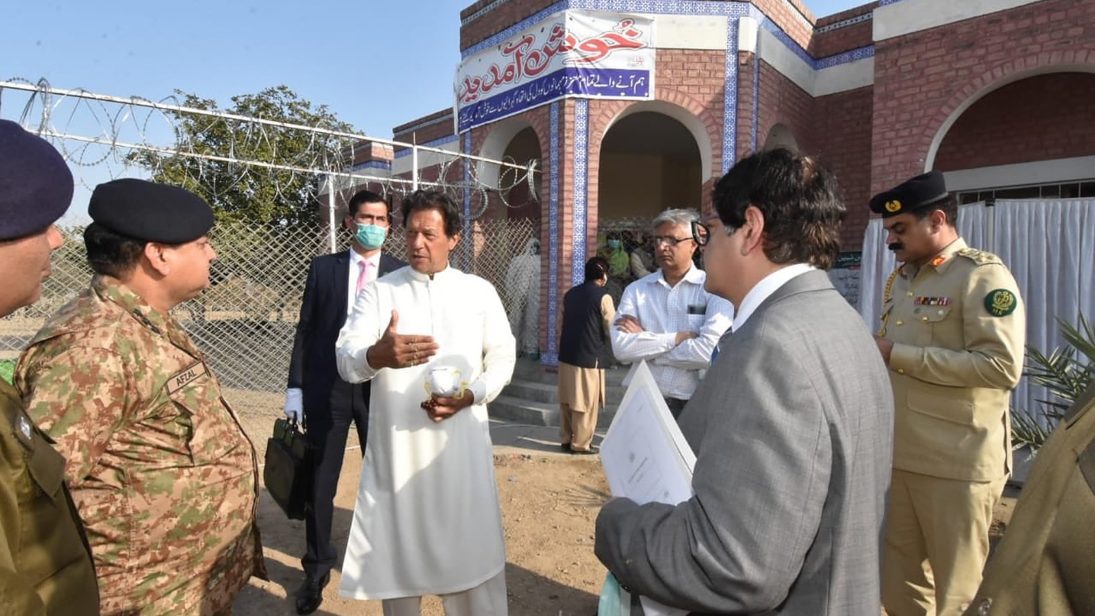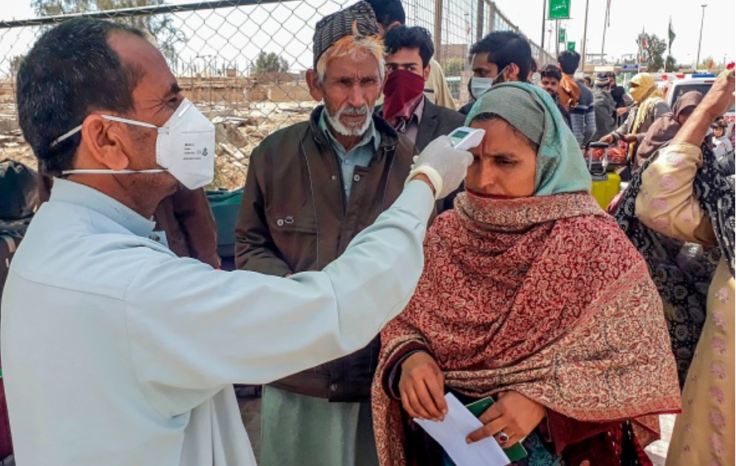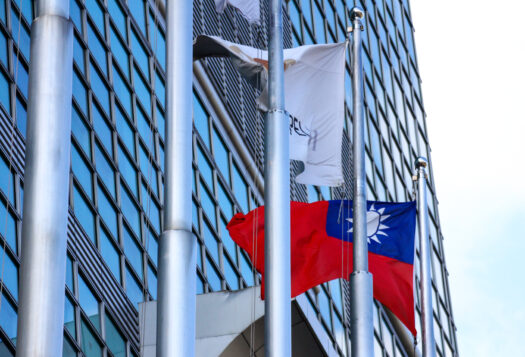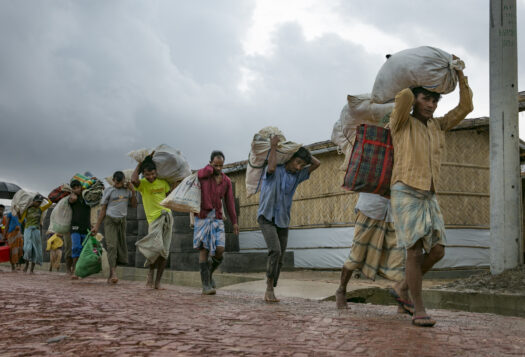
On February 26, Pakistan reported its first case of COVID-19 in the port-city of Karachi. Since then, the number of cases has risen to nearly 900. On March 13, the federal government announced a nationwide response, including closing borders with Iran and Afghanistan, prohibiting large gatherings, and closing schools across the country. Ten days later, the province of Sindh went into complete lockdown for 15 days while Punjab is expected to do so partially starting March 24. The military has been called in to support provincial governments, if required, in the implementation of stringent measures to deal with the spread of the virus. However, as the situation develops, Pakistan’s main concern will be balancing public health needs with the strain COVID-19 places on its already vulnerable economy.
As the situation develops, Pakistan’s main concern will be balancing public health needs with the strain COVID-19 places on its already vulnerable economy.
Pakistan’s response to the coronavirus has evolved from late January, when it decided against evacuating 500 of its students from Wuhan, the epicenter of the COVID-19 pandemic, due to concerns about community spread and potentially, the limitations of its public health system to deal with such an emergency. Circumstances changed in mid-February when Pakistan’s southwestern neighbor Iran reported a mass COVID-19 outbreak Every month, thousands of Pakistani citizens visit Iran for business or religious tourism. With Tehran struggling to respond to the spread of the virus, Pakistani pilgrims began returning home via air and overland routes. Thus, Islamabad was pushed into action and swiftly suspended flights from Iran—eventually closing the border—while commencing screening of passengers at airports. At the border town of Taftan, in Balochistan, a temporary isolation center with very basic facilities was set up to house the thousands of returnees from Iran. The inevitable happened on February 26, when the first positive case of COVID-19 was reported in the country.
Besides the initial inertia, some structural challenges have dogged Pakistan’s national response to COVID-19. Under the country’s decentralized constitutional system, provision of healthcare and health infrastructure are the responsibility of provincial governments, with the federal government only empowered to regulate the health sector. In the absence of a federally-led nationwide response, provincial governments were left to their own devices. Further, an ongoing economic recession and austerity-driven fiscal policy have complicated the federal government’s capacity to respond.

However, as COVID-19 rapidly spread across Pakistan, political pressure continued to build on the federal government to take the lead in response efforts. The first systematic response emerged on March 13, when the government convened an emergency meeting of the National Security Committee, an apex civil-military coordination body, and made the decisions to seal the border with Iran, prohibit large-scale public gatherings such as wedding ceremonies, institute social distancing to limit infections, and close down educational institutions across the country. Provincial governments set up quarantine centers in existing public buildings and evacuated college dorms in key cities. Moreover, Islamabad reached out to Beijing for provision of necessary test kits and other medical supplies to equip healthcare providers and hospitals.
A nationwide shutdown would harm the most vulnerable in Pakistan – including those working in the country’s substantial informal economy, food insecure populations, and those living in slums outside the densely-populated urban centers.
Even as provinces experiment with lockdowns, there is a raging political debate in the country on whether the government should implement a nationwide lockdown of major urban and industrial centers like China and Italy have done and what the implications of such a decision would be. Policymakers face tough choices: can Pakistan afford a de facto shutdown of an economy already in recession? For instance, a shutdown in Sindh will have a direct impact on the country’s supply chains since Karachi, the capital of Sindh, is Pakistan’s main port for external trade. A nationwide shutdown would harm the most vulnerable in Pakistan – including those working in the country’s substantial informal economy, food insecure populations, and those living in slums outside the densely-populated urban centers. Prime Minister Imran Khan has argued against a nationwide lockdown, and thus, Pakistan has seen different strategies for coronavirus containment varying across the country’s provinces.
In the coming days, Pakistan’s decisions will continue to be guided by the rapidly developing COVID-19 situation at both the domestic and global level. As international financial institutions and multilateral agencies mobilize financial resources to support developing countries, Pakistan is likely to reach out for partial funding to bolster its national efforts to try to mitigate the short- to medium-term impact of COVID-19 on its struggling economy.
Editor’s Note: SAV contributors analyze how governments in the region are responding to the spread of COVID-19, as well as the potential far-reaching economic and security impacts of the pandemic. Read the entire series here.
This piece also appears as part of the Stimson Center series Coronavirus Response in Asia, featuring expert voices on how governments throughout Asia are responding to the pandemic. The article can be viewed on the Stimson Center website here.
***
Image 1: Prime Minister’s Office, Pakistan via Twitter
Image 2: STR/AFP via Getty Images


